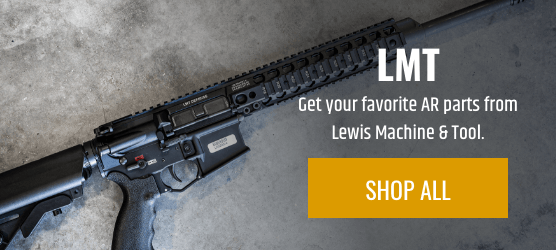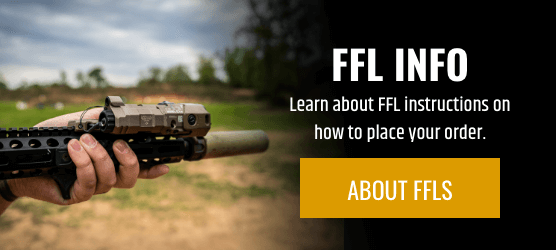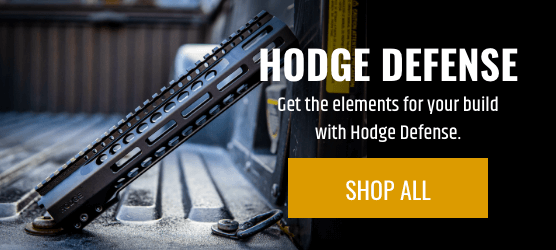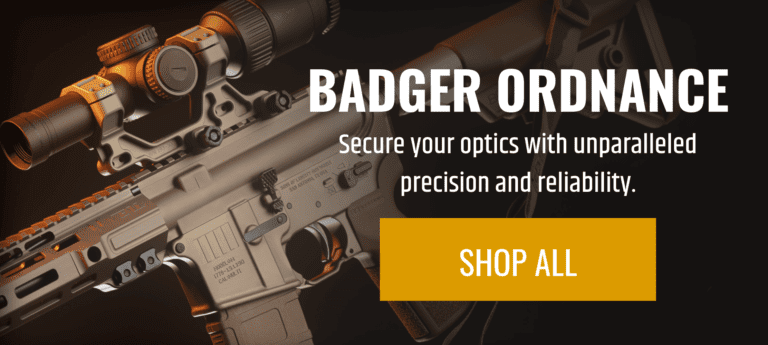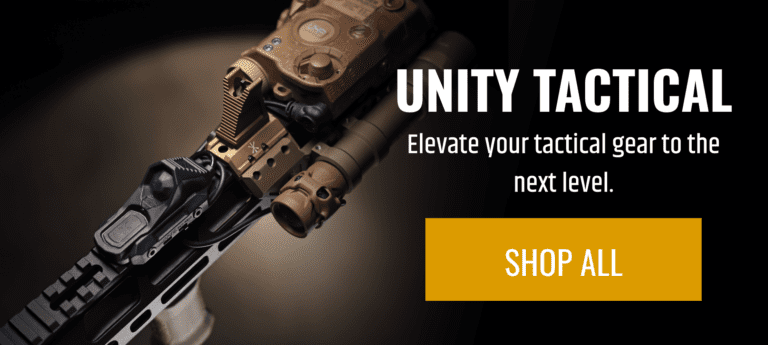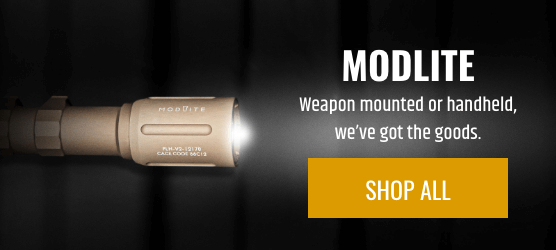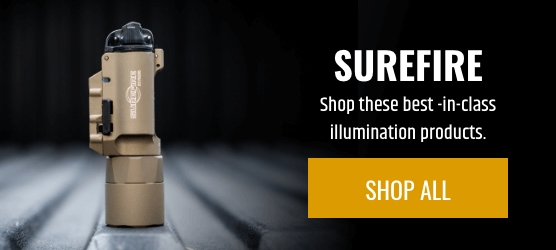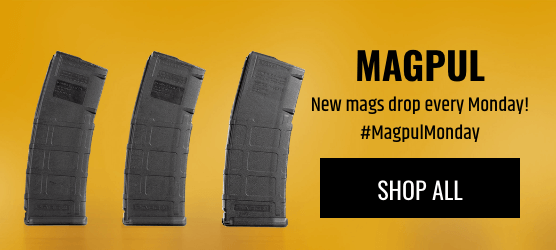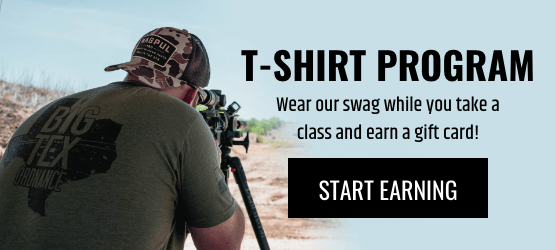JBS Training Group – The Spin Up Rifle AAR
May 30, 2020 | @look_an_asian


The Spin Up Rifle – JBS Training Group
I recently was able to attend the Spin Up Rifle course taught by Mark Smith of the JBS Training Group. The class, although not a beginner class, was tailored towards marksmanship mastery and refreshing of the fundamentals. This was my first dedicated rifle class, although I’ve previously attended a two-day rifle/pistol low light course.
We started off the day promptly at 0900 with introductions and our goals for the day. We had about 15 guys there, all civilians if I remember correctly, but there were a couple of people with prior military experience. We launched into a brief but thorough discussion of firearms safety, with some slight modifications to the four universal firearms safety rules: primarily the discussion of replacing “treat every firearm as if it were loaded” to “know the status of your weapon at all times”. Mark pointed out that if we truly treat every firearm as if it were loaded at all times we would never dry fire, of which Mark is a huge advocate. I really appreciated this honest evaluation of stuff we are fed and often accept without further thought. Especially for the newer shooters there, I think that the evaluation of safety was eye-opening.A quick poll was then taken to determine the highest level of medical training in the group, and we designated a primary medical responder, a secondary medical responder, a primary emergency reporter, and a secondary emergency reporter.



That out of the way, we began our discussion of rifle zeros. Mark was able to explain succinctly and clearly the benefits of zeros at different distances. We determined as a class (by evaluating our own use case or “mission”) that a 50-yard zero made sense for everyone there. Mark did give the option for anyone who wanted to zero at 100 or another distance the opportunity to do so, but we all were happy with 50. After going over proper prone positioning and learning how to ground the gun as much as possible and to allow the smallest amount of muscular input possible, our whole line was quickly zeroed and off to the races. I had previously zeroed my gun at 50 so I was able to confirm my zero, make some very slight adjustments, and confidently proceed to the rest of the day.


The subjects covered during the rest of the day included sight or dot alignment (including understanding the offset on our dots after a 50yd zero and how our POA/POI changes in different positions), positional work (standing, kneeling, sitting, urban prone left and right, etc) recoil management, reloads, transitions, and shooting on the move.
The overarching theme of each subject discussion and practice was that of the importance of processing information and responding to that information efficiently. Mark is big on conveying the idea that you cannot shoot what you cannot see. Therefore, if you are not already taking in information over the top of your rifle from low ready, or you are not snapping your eyes off your first target and onto the second target before your gun even begins to move during a transition, or you’re not getting that glance at your magwell during a reload and getting your focus back on target afterward, you’re doing yourself a disservice and are preventing yourself from reaching your full potential.


Something else I appreciated was the high standards of accuracy Mark held us all to throughout the day. We spent a lot of time shooting scorable B8s, as well as 3×5 cards. Again, processing speed came into play: only shoot as fast as you can see your dot on the target. If you are slow, learn to see sooner/faster so that you can perform your next task sooner.
Regarding efficiency, Mark was very good at showing us several different ways to do something, take reloads for example. Possible ways to reload the rifle: under the armpit, in the shoulder, out in front of you like a pistol, etc. He demoed each variation and then would give us time to figure out what way worked best for us as individuals. There was not any “one size fits all” but rather an encouragement to analyze your body and gear and movement and determine what worked best. We would split up into pairs and time each other, take note of our times, and be able to get immediate data. For some students, it was the first time they’d ever worked with a timer and it was really cool to see the light bulb come on for them as they realized they could measure their performance like that and have metrics like scorable targets and shot timers to help them figure out what works best.


My thoughts nearly a month after this class are that I am simply much more comfortable shooting my rifle. I am brand new to rifles, but have much more experience shooting pistols. One of the coolest things I took away was that the same methods of learning and diagnostics I apply to pistol shooting applies to rifle shooting as well. I know how to fix problems I see with my pistol and that encouraged me that I can apply those same concepts with some small difference to rifles. Now, every time I shoot my rifle, or even when I’m around other people who’ve been shooting rifles for years longer than I have, I can tell I have quality instruction I’ve received has given me a fantastic knowledge base of the how/why and I’m able to keep up with dudes who have been shooting rifles for years. I’ve done another class since then that involved some rifle work, and it was so nice to be able to feel confident in my abilities and limitations. From knowing my offset for my zero, to shooting on the move, to which reload method works best for me, I know I got a ton out of this class. You don’t need to take an inordinate amount of training classes: vet your instructors, take classes with well thought out, quality instruction tailored to the needs of the students, and work on what you learned until the next time you take a class.
If you’re in the Carolinas, get yourself to a JBS class, or contact Mark to host a class in your area.








